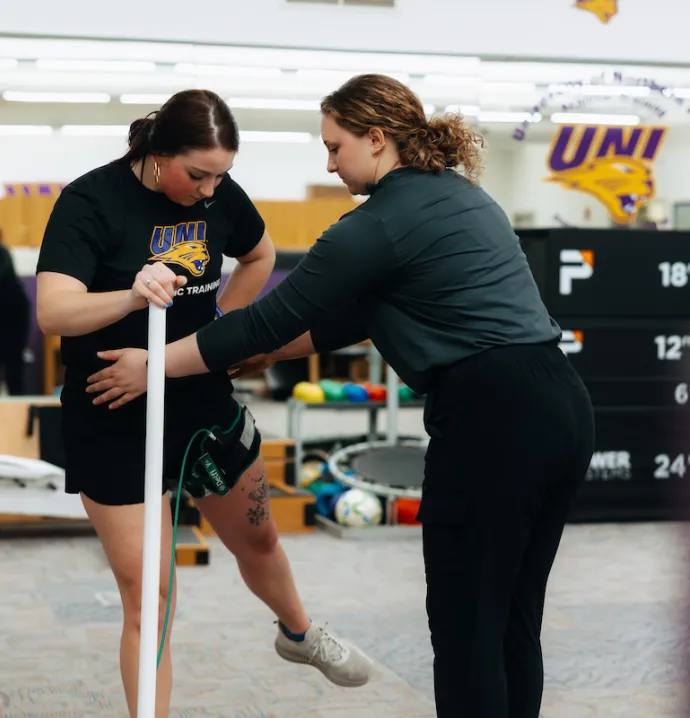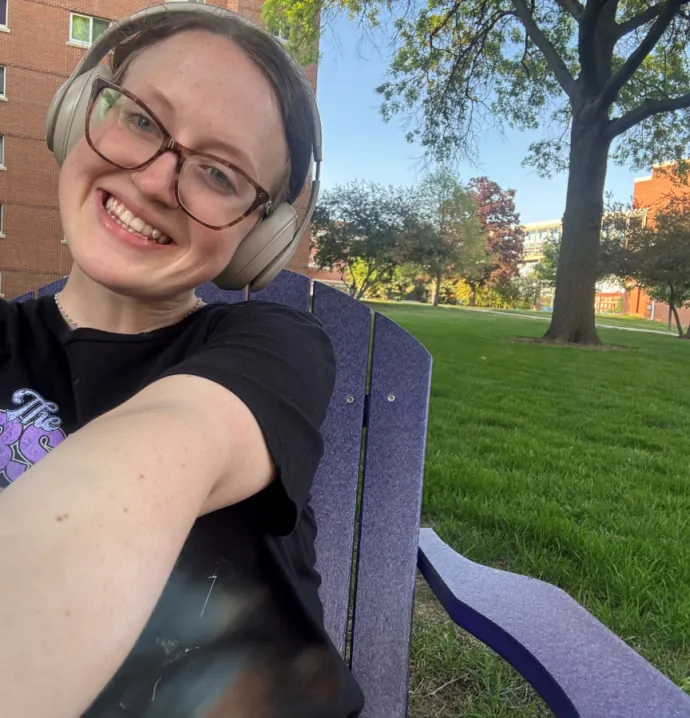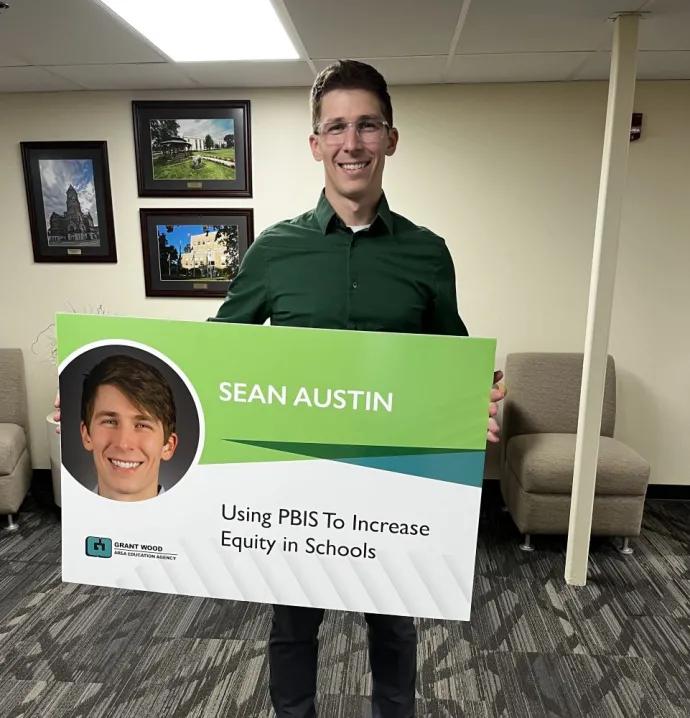When the return to “normal” doesn’t quite feel that way
When the return to “normal” doesn’t quite feel that way
After more than a year of pandemic, life is slowly returning to something like normal thanks to the widespread availability of COVID-19 vaccines. Almost half of all adults in the U.S. are now fully vaccinated, but for them the return to normal may not feel as they expected it to. University of Northern Iowa psychology professor Nicholas Schwab says it’s important we all be understanding of each other and the anxiety some feel with the return to pre-pandemic life. UNI employees can find mental health resources online. Counseling services are also available for students.
When the CDC released a new guidance that it was safe for vaccinated people to not wear masks, many people were reluctant to stop. Why is that?
Anxiety during this transition is similar in many ways to the anxiety surrounding the early stages of the pandemic. Our anxiety stems in many respects from uncertainty and change. Many of us had to make dramatic changes in our lives to mitigate ours and others risk of infection during the pandemic. Social norms also changed during the pandemic, wearing a mask was normative and hence there was less uncertainty about what we should do in a given situation. As we thankfully emerge out of the pandemic, we are once again faced with uncertainty and rapid changes in information, expectations and norms. That uncertainty will naturally lead to new anxiety as we navigate this next transition period. But just as many of us were able to adapt and cope at the start of the pandemic, many of us will adapt and cope with our transitions back into post-pandemic life.
How do we manage the social interactions that crop up as we’re in this transition as some wear masks and others don’t? How do we ensure everyone still feels safe?
Feelings and behaviors during this transition period will inevitably vary across coworkers, friends and family, and that variation will lead to conflicts and unease in our social interactions. Institutional policies at work and school will set standards for group behavior, but those policies will only go so far and not everyone will agree with or feel comforted with such policies. Where conflicts or unease occurs, we should try to show respect for others and communicate why we are choosing our course of action. If we can respectfully reach common ground, we can mitigate feelings of distrust and contempt and avoid the worst kinds of social conflict within our workplace and social networks.
What advice would you give to people who are anxious about not wearing a mask in public?
I would acknowledge that residual anxiety surrounding mask-less social interactions is perfectly normal. For good reason, many of us felt anxious about several aspects of our lives across the past year, especially concerning our risk of being exposed to or exposing others to COVID-19. As people receive their vaccine, I would recommend they transition away from wearing their mask as they feel comfortable. Small steps may be what works best for some as they transition toward what makes them feel safe post-vaccine. We're all experiencing a second rapid and monumental shift in how we live our lives. We should exercise compassion for ourselves and others and recognize that such a transition and adaptation to change will take time.
Along with a transition back towards mask-less living, we are also seeing people returning to work after more than a year, in some cases, of working from home. How can people navigate this transition? What are some mental health issues to look out for?
Work-related transitions (i.e., new job or role at work) can be stressful under non-pandemic conditions, thus a transition back to work while also feeling uneasy about your personal health and safety is bound to be stressful and anxiety provoking. Once again, it is important to note that feeling anxious about returning to work is understandable. Talking with co-workers and supervisors about how we feel and difficulties we’re experiencing will go a long way toward easing that transition. If anxiety surrounding the transition back to work exceeds what is typical for someone then it might be a signal that additional actions might be beneficial to improve and maintain well-being and mental health. In that case, no one should feel that their anxiety is something to hide or suppress. Communicate how you’re feeling to friends and family, talk with your co-workers and supervisors, and where necessary, utilize the resources in your workplace and/or community to address any issues regarding your mental health.
Throughout the pandemic, Americans have been reporting higher instances of depression and anxiety. Do you see this reducing as we emerge from COVID-19? What are the long-term mental health impacts of the pandemic?
Understandably many people were coping with enormous amounts of stress and isolation stemming from health-related fears, economic pressures and quarantine conditions. As these conditions improve and we are able to return to our pre-COVID-19 routines and social interactions, I speculate that a significant portion of the situationally induced depression and anxiety Americans have experienced will decline. However, I think it would be dangerous for us to assume that mental health will rebound nationally back to pre-COVID-19 levels. The pandemic and the subsequent economic and structural changes that it caused have resulted in real damage to people’s lives. Many Americans will know someone who died or was hospitalized as a result of COVID-19, many Americans lost their jobs or had their work routines disrupted, and many Americans suffered through a long period of social isolation. These experiences were and are very consequential. It would be naive to think that long-term effects stemming from all these experiences would not increase the risk for depression and anxiety after the worst of the pandemics effects has abated. We rightly took dramatic legislative and policy actions to mitigate the worst of the economic impacts due to the pandemic, we should do the same to address the after effects of the pandemic on our national mental health as well.




